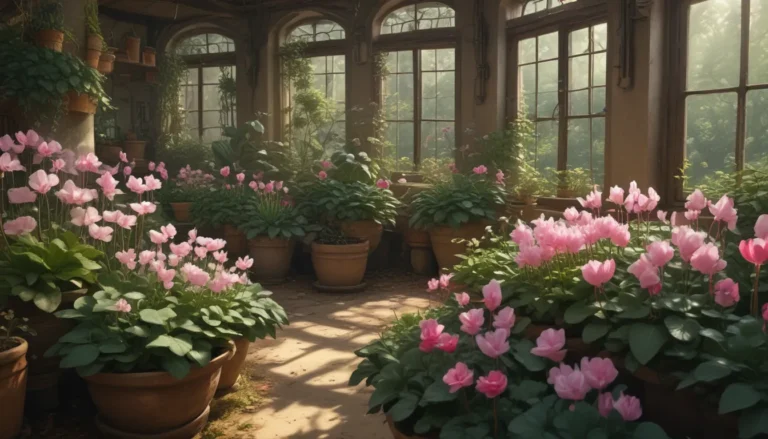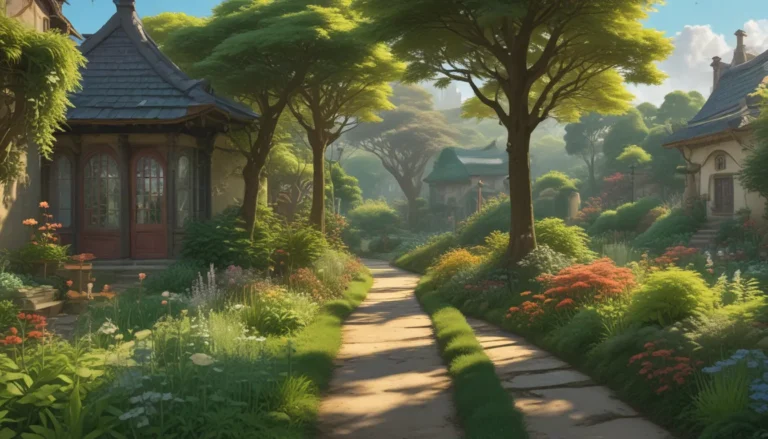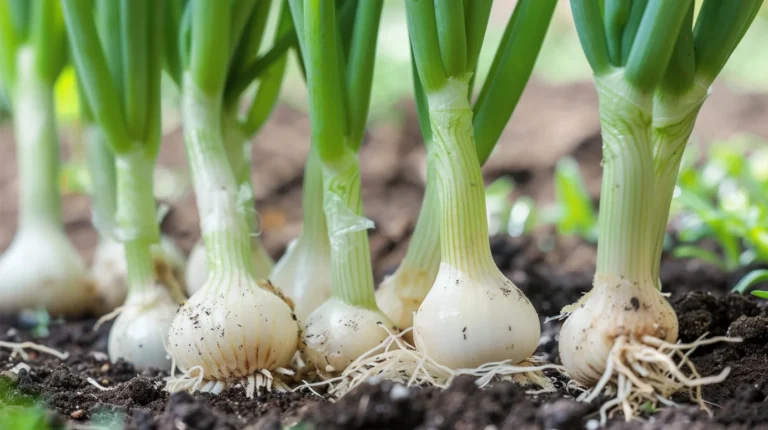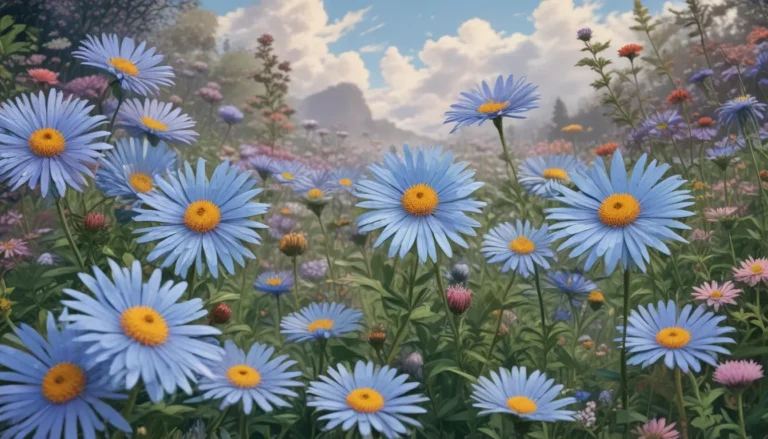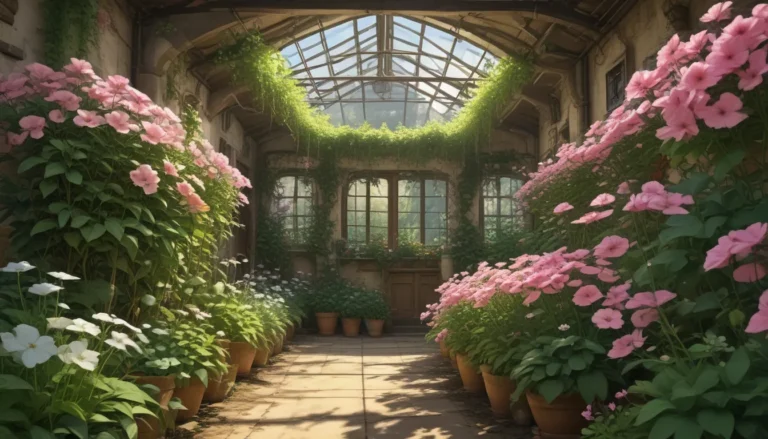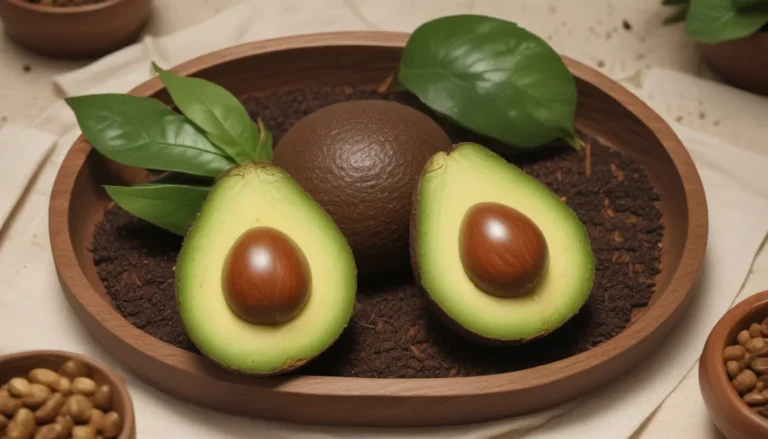Everything Hydrangea: 7 Reasons Your Plant May Fail to Bloom
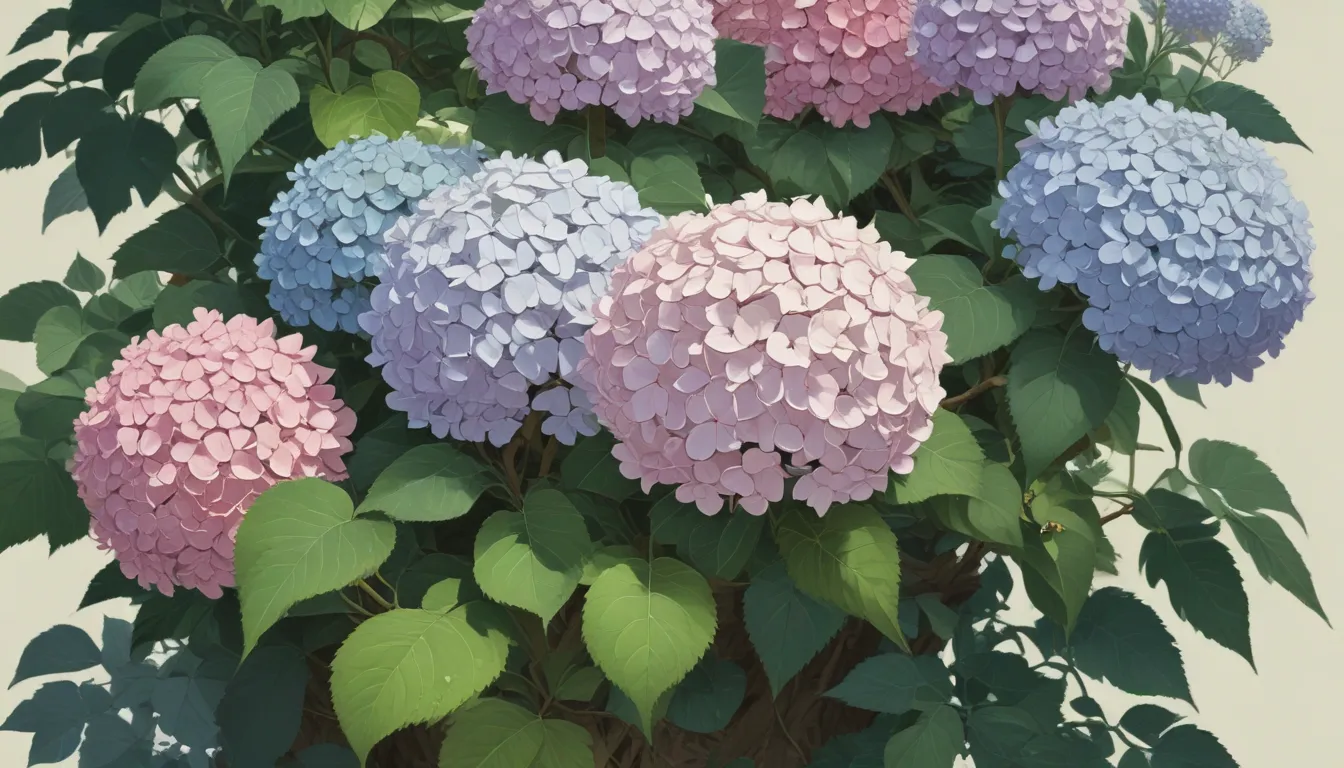
Hydrangeas are a cherished addition to any garden, their stunning flowers captivating gardeners with hues ranging from deep purple to bright pink, icy blue to pale lavender, and even white or green blooms. But what happens when your hydrangea fails to bloom? It can be a disappointing experience, leaving you wondering where things went wrong.
In this comprehensive guide, we’ll explore why your hydrangea may not be blooming and provide you with valuable insights to help you troubleshoot and bring back those beautiful blossoms. From hungry deer to pruning problems and everything in between, let’s dive in and uncover the reasons behind your hydrangea’s flowering woes.
The Hydrangea Chronicles: Reasons for Bloomless Beauty
- Hungry Deer
- Excess Nitrogen
- Harsh Winters
- Not Enough Water
- Pruning Problems
- Too Much Shade
- Too Much Sun
Hungry Deer: The Garden Vandals
Deer can be a significant threat to hydrangeas, particularly if they munch on the buds during fall, winter, or spring. If the buds on the old wood get devoured, your plant won’t bloom in the coming season. Look out for signs of deer damage like torn leaves and stems. Fencing and burlap wrapping can help protect your hydrangeas from these pesky garden vandals.
Excess Nitrogen: Foliage Frenzy
Too much nitrogen in the soil can hinder your hydrangea’s blooming capabilities, as the plant focuses on growing foliage instead of flowers. Conduct a soil test to determine if excess nitrogen is the culprit and adjust your fertilizer regimen accordingly, opting for a product high in phosphorus to encourage flowering.
Harsh Winters: The Frosty Foe
Cold winters can take a toll on hydrangeas that bloom on old wood, potentially killing off developing buds and leaving your plant bare in the next season. Shield your hydrangeas from harsh winter conditions with burlap wraps and protective coverings to ensure a successful blooming season.
Not Enough Water: Thirsty Flowers
Hydrangeas thrive in consistently moist soil, requiring regular watering to support their blooming cycle. Monitor soil moisture levels and supplement irrigation during dry spells to provide your plants with the water they need to produce those beautiful blooms.
Pruning Problems: Timing Matters
Improper pruning can disrupt your hydrangea’s blooming process, particularly if done during the wrong season. Opt for summer pruning to avoid cutting off old wood that would have blossomed in the spring. Deadhead faded flowers and avoid pruning in autumn to late spring to preserve your plant’s blooming potential.
Too Much Shade: Sunlight Struggles
While hydrangeas enjoy partial shade, excessive shade can hinder flowering. Check your plant’s sun exposure, ensuring it receives adequate light for optimal bloom production. Utilize light meters to gauge sunlight levels and make adjustments to improve blooming outcomes.
Too Much Sun: Sunburned Blooms
On the flip side, intense sunlight can stress hydrangeas, prompting them to conserve energy by skipping blooming. Strike a balance between sun and shade to provide your plants with the ideal growing conditions for vibrant blooms. Watch out for signs of sun damage like leaf scorching and adjust sunlight exposure accordingly.
Bringing Back Blooms: Restoring Hydrangeas to Glory
If your hydrangea is struggling to bloom, don’t lose hope. With the right care and attention, you can reignite your plant’s blooming potential and enjoy a spectacular floral display. Remember, newly planted hydrangeas prioritize root establishment before flowering, so patience is key. By addressing the underlying issues and implementing corrective measures, you can revive your hydrangea’s bloom cycle and revel in its beauty once more.
Share your experiences and questions in the comments below, helping fellow gardeners navigate their hydrangea blooming challenges. For additional insights on cultivating hydrangeas, explore our guides on identifying and treating hydrangea diseases, selecting the best hydrangea varieties, growing hydrangeas in containers, and shaping hydrangeas into tree forms.
So, arm yourself with knowledge, tend to your hydrangeas with care, and watch as they bloom into magnificent floral creations, enriching your garden with their colorful allure. Happy gardening!
